#aymara
Explore tagged Tumblr posts
Text

Aymara men, Chile, by Michelle Bachelet
#aymara#chile#america#south america#folk clothing#traditional clothing#traditional fashion#cultural clothing
191 notes
·
View notes
Text

An Aymara Indigenous spiritual leader pours alcohol on coals to burn as part of an offering to Pachamama, or Mother Earth, outside her workspace, which stands on the side of a cliff overlooking La Paz, in El Alto, Bolivia, Tuesday, Dec. 17, 2024. (AP Photo/Gaston Brito)
39 notes
·
View notes
Photo

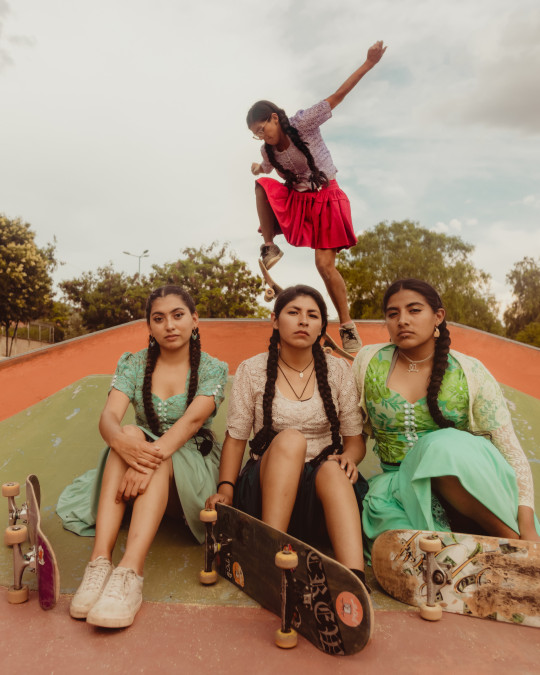
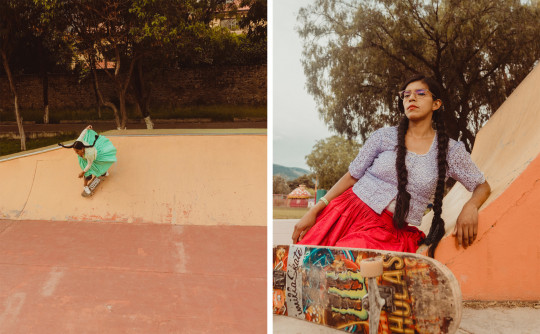
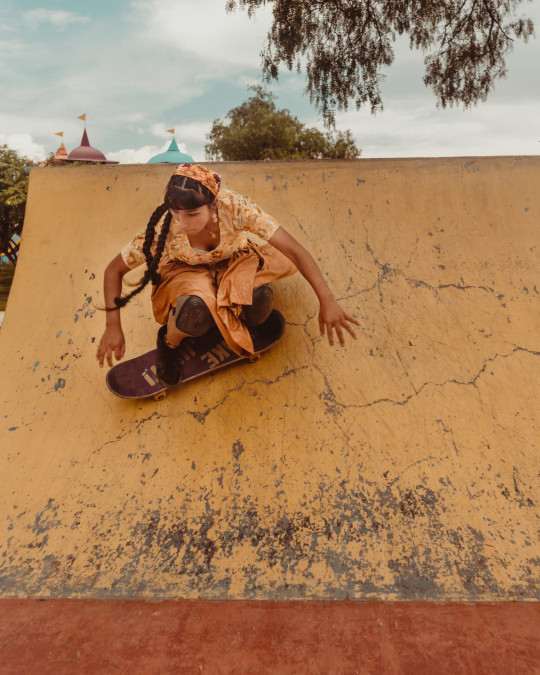

- Celia D. Luna, “Cholitas Skaters” (2023)
Bolivia’s Indigenous Quechua and Aymara women, known derogatorily as “cholitas,” were marginalized and ostracized from society. Distinguished by their long braids, wide skirts, and bowler hats—an amalgamation of styles resulting from Spanish colonizers forcing Indigenous people to adopt European styles during the Inquisition—the style evolved into a symbol-rich, empowered look.
#chromatic voice#we all make art#celia d luna#quechua#aymara#indigenous people#indigenous women#usermarmalade
937 notes
·
View notes
Text

Aymara Miku 🇧🇴🇵🇪 by Takkimacci
Author's note (translated from Spanish; Wikipedia links in bold):
I like the trend of international Miku and I jokingly drew it in classes but I liked the concept of Aymara Miku so much that I painted it <3 By the way, the lil monkey that is in the aguayo is called Baba, from the game Baba is You. A friend at uni plays it and I decided to do the crossover jsjs
20 notes
·
View notes
Photo

Indigenous Intercultural Health in Chile
Since the return to democracy in Chile in 1990 CE, the new governments have dealt with one of the great historical debts of the Chilean state, its relationship with the indigenous peoples. These peoples have been historically marginalized and made invisible in all spheres. However, with the revaluation of their cultural heritage, indigenous medicine and the use of elements of nature and medicinal herbs - wisdom accumulated for centuries - re-emerges. Through the Special Program of Health and Indigenous Peoples (PESPI by its Spanish acronym, Programa Especial de Salud y Pueblos Indígenas), present in almost all health services in Chile, indigenous medicine has become available for the whole population as a valued alternative within the official medical system. This programme promotes complementarity between the conventional and indigenous medical systems, incorporating intercultural medical assistance in hospital and primary care facilities.
Traditional Mapuche Health
The PESPI programme promotes the indigenous health of each of the peoples recognized by the Chilean State (Chile recognizes 9 indigenous peoples) and the complementarity with the official medical system. The public health strategy is to establish a link between the hegemonic medical system and the alternative one, reinforced and supported by the recommendations of the Pan American Health Organization (PAHO) and Convention 169 of the International Labor Organization (ILO):
This perspective assumes, therefore, that medical systems alone are not sufficient to meet the health demands of an indigenous population, both in their conceptions of health and disease and in the way they carry out healing. (Manriquez-Hizaut et al., 760)
The Mapuche people are the most numerous and have the greatest presence in the urban context, particularly in Santiago where nearly a third of Chile's indigenous population lives. Their conception of illness and health is quite different from the one we know today, and this diverse view has generated interest not only among the Chilean indigenous population who value this ancestral wisdom but also among the non-indigenous population and the health teams in care facilities.
Mapuche medicine understands health as a balance basically in two areas. Firstly, the person is conceived as an "open body", as opposed to the modern view of a closed and divided body (inaugurated with Descartes): "The integrative conception of the body or "open body" leads its people to live illness and health as states of the body in relation to its social environment: "wezafelen" or being bad and "kumel kalen" or being good" (Solar, 2005, 2).
The idea of kumel kalen or küme mongen (to be well, to live well) is also present in other Latin American cultures under the concepts of Sumak Kawsay in Quechua or Suma Qamaña in Aymara for example. The illness is then understood as a lack of respect or imbalance of the individual with its environment. This can happen through the transgression of laws, rites, or the forbidden. In this way, "the evil is not the disease, but the cause that produced it and thus considers the disease not as an evil, but as a reaction to the evil" (Solar, 4).
Secondly, the Mapuche worldview sees the universe or the whole as a unit made up of opposite and complementary poles. Likewise, health (Konalen) and illness (Kutran) are in constant tension, making it impossible to see the body as an isolated unit, but rather as an open entity that reflects the tensions and balance of the world. Thus, in order to incorporate the indigenous approach to the traditional health system, the only way is to talk about complementarity, that is, a relationship that allows health teams to get closer to indigenous medicine specialists (machi or lawentuchefe), that allows for the derivation and exchange of knowledge when necessary.
Continue reading...
23 notes
·
View notes
Text

Let's play music!
#wangxian#mdzs#wei wuxian#lan wangji#cql#mo dao zu shi#mdzs art#ancient civilizations#pueblos indígenas#wei ying#lan sizhui#lan zhan#a yuan#adaptation#ancient#art#pueblos originarios#bolivia#wangxian family#aymara
13 notes
·
View notes
Text
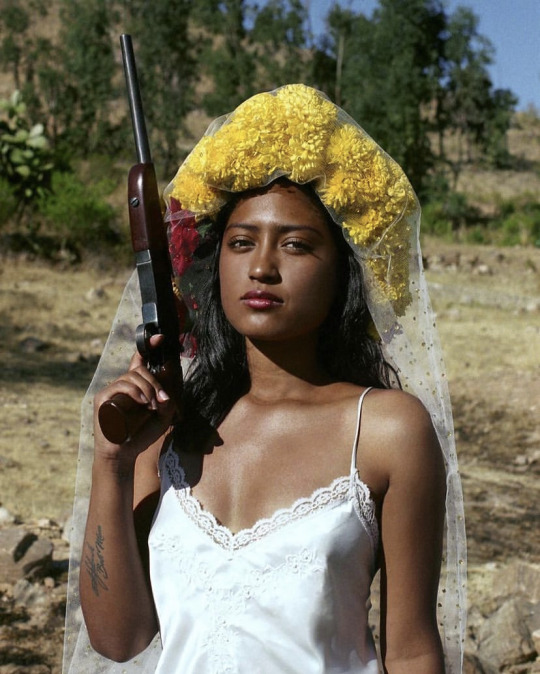
#art#photography#marisol mendez#bolivia#latin america#native american#aymara#quechua#women by women#photographs
67 notes
·
View notes
Photo

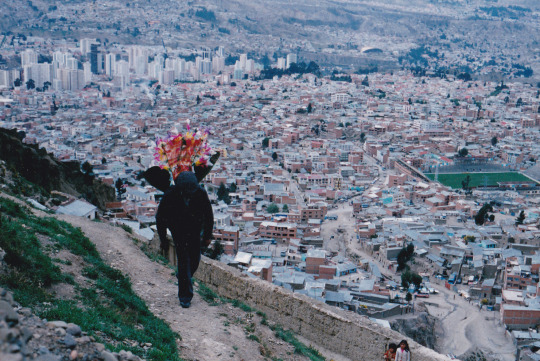
The Secret Nation (La Nación Clandestina) | Jorge Sanjinés | 1989 | Bolivia
#la nación clandestina#aymara#jorge sanjinés#bolivian films#native american movies#cinema#film#bolivia#movies#auteurs#film d'auteur#indigenous movies#bolivian#80s cinema#the secret nation#1989#latin american cinema#latin american films
149 notes
·
View notes
Text


English is a West Germanic language that originated from Ingvaeonic languages brought to Britain in the mid-5th to 7th centuries AD by Anglo-Saxon migrants from what is now northwest Germany, southern Denmark and the Netherlands.
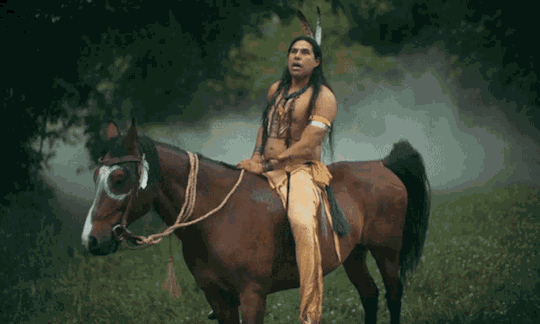
In other words,English is a European language. American languages are The Indigenous languages of the Americas are the languages that were used by the Indigenous peoples of the Americas before the arrival of non-Indigenous peoples. Over a thousand of these languages are still used today
The most widely spoken Indigenous languages are Southern Quechua (spoken primarily in southern Peru and Bolivia) and Guarani (centered in Paraguay, where it shares national language status with Spanish), with perhaps six or seven million speakers apiece (including many of European descent in the case of Guarani). Only half a dozen others have more than a million speakers; these are Aymara of Bolivia and Nahuatl of Mexico, with almost two million each; the Mayan languages Kekchi, Quiché, and Yucatec of Guatemala and Mexico, with about 1 million apiece; and perhaps one or two additional Quechuan languages in Peru and Ecuador. In the United States, 372,000 people reported speaking an Indigenous language at home in the 2010 census. In Canada, 133,000 people reported speaking an Indigenous language at home in the 2011 census. In Greenland, about 90% of the population speaks Greenlandic, the most widely spoken Eskaleut language.
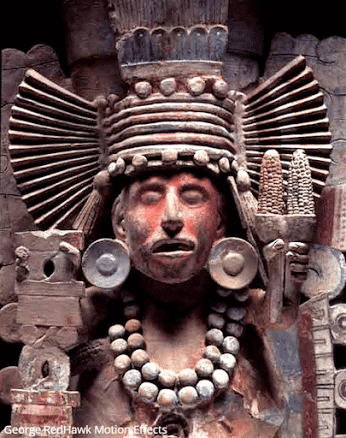
#kemetic dreams#brownskin#brown skin#asians#asian#native american#native#native girls#nativebaddiez#nativeamericans#nativebigtitt#ndn#native women#navajo#first nations#indigenous#nahuatl#indigenous languages#Kekchi#Aymara#Eskaleut#Yucatec
22 notes
·
View notes
Text










Neo-Andean, or in his words, Neo-Tiwanacotan architecture by Freddy Mamani Silvestre located in the highest major city in the world El Alto, Bolivia. When asked how it contributed to the concept of radical repair he answered “We have contributed to filling a radical void within the urban landscape by creating buildings that help the current society identify with the culture of our ancestors by incorporating ‘Tihuanacota’ elements and traditional colors.”
PT 1/2
#neo-Andean#Nuevo Andino#neo-Tiwanacotan#Freddy Mamani#Tihuanacota#architecture#Aymara#El Alto#Bolivia
12 notes
·
View notes
Text

Aymara women, Maribel Casilla and Maritza Ticona, Bolivia, by Manuel Seoane
#aymara#bolivia#america#south america#folk clothing#traditional clothing#traditional fashion#cultural clothing
247 notes
·
View notes
Text
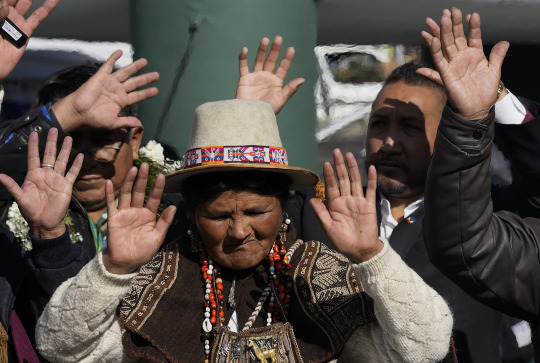
An Aymara Indigenous priest raises her hands as an offering burns for the "Pachamama," or Mother Earth, during a ceremony marking Earth Day in La Paz, Bolivia, Monday, April 22, 2024. (AP Photo/Juan Karita)
58 notes
·
View notes
Text






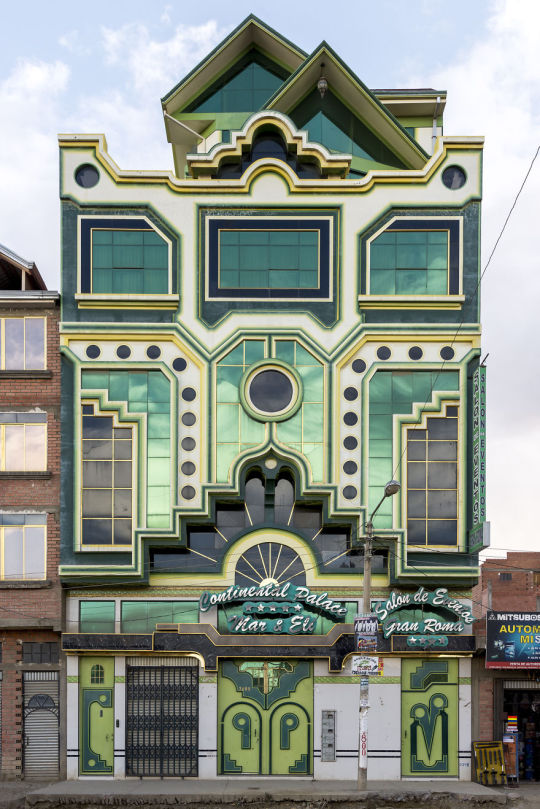

A new architectural style called cholet has been emerging from the city of El Alto in the Andean highlands of Bolivia. Cholet, a portmanteau of chola and chalet, is characterized by the use of vibrant colors favored by the indigenous Aymara people and geometric patterns like those found in the ruins of Tiwanaku.
16 notes
·
View notes
Text
Como chileno, creo que es importante rescatar y fomentar el aprendizaje de lenguas originarias para mostrar respeto a las culturas que existían antes de la mía. Como persona no binaria y gay, me importa rescatar las identidades LGBT+ en otros contextos culturales, porque siempre hemos existido, aunque no se quiera admitir.
En un esfuerzo de juntar estas luchas, compilé algunos diccionarios LGBT+ en lenguas originarias que se encuentran en Chile.
Aimara:
Kunza:
Mapudungún:
Quechua:
Rapanui:
Si alguien quiere agregar más o corregir algo, es más que bienvenide.
#mapudungun#aymara#aimara#quechua#kunza#atacameño#rapanui#rapa nui#chile#LGBT+#LGBT#mapuche#mapuzungun#español
2 notes
·
View notes
Text




Joshua Chuquimia Crampton - Profundo Amor CD
10 notes
·
View notes
